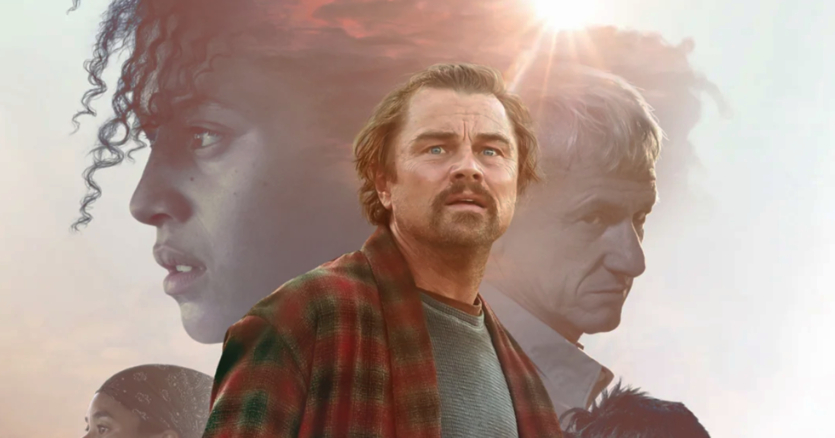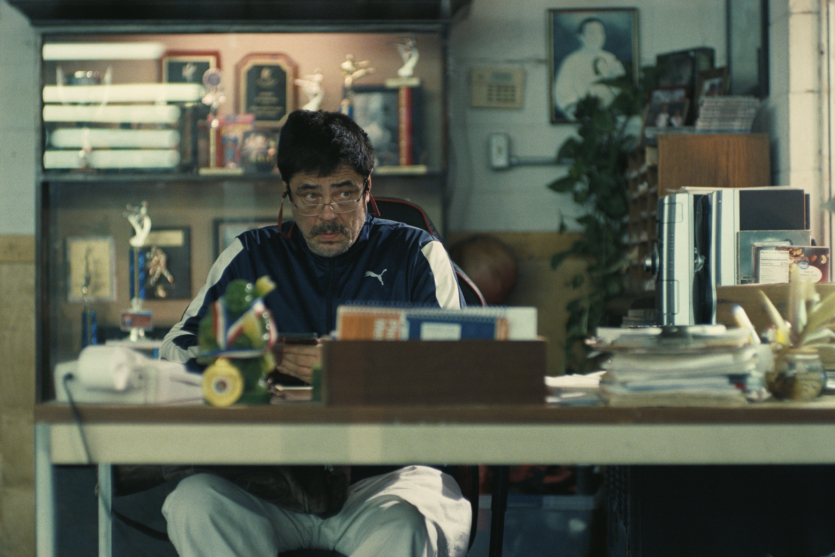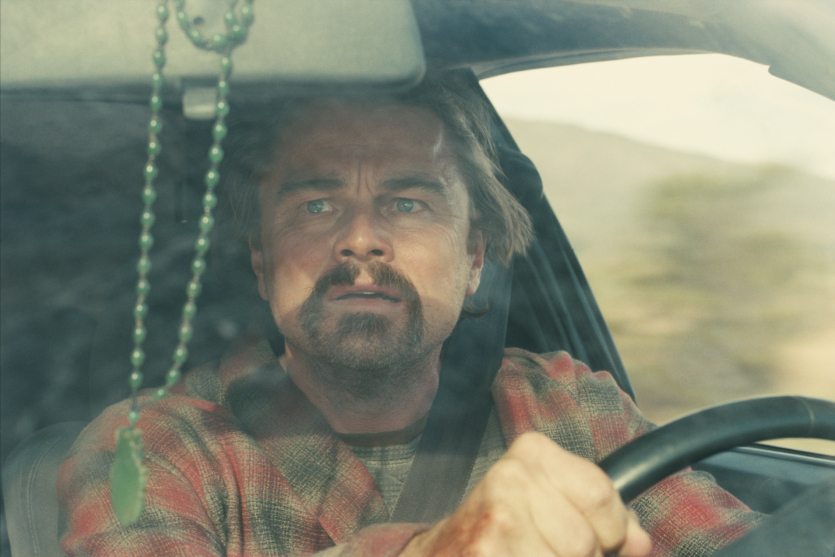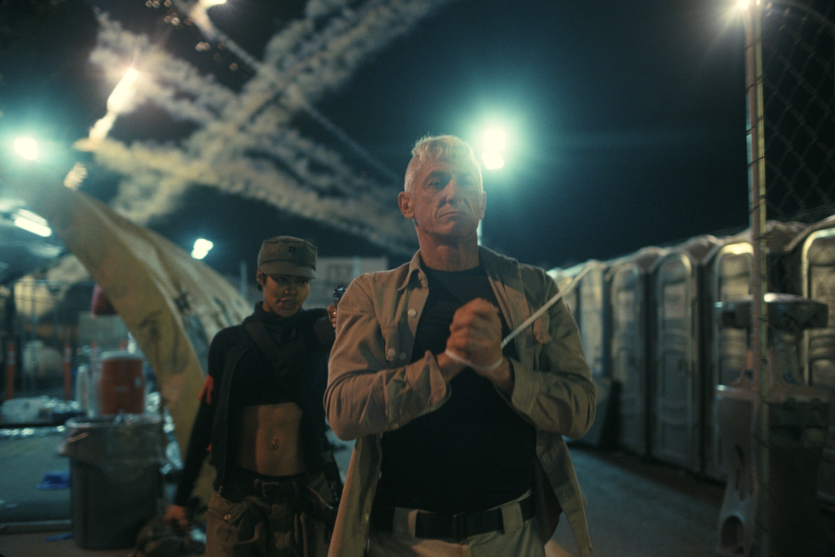
Paul Thomas Anderson has always been a director who knows how to break genre boundaries, but this time he went even further. “One Battle After Another” is a film that surprises by the very fact of its existence: political drama, war thriller and action merge into a single story that constantly slips away from you, making it impossible to predict the next step. Critics are already calling the film the best film of the decade, and viewers are calling it a rarity worth going to the movies for. Do we really have such a perfect movie?
“One Battle After Another”
Genre drama, action, comedy, thriller
Director Paul Thomas Anderson
Starring Leonardo DiCaprio, Sean Penn, Regina Hall, Benicio Del Toro, Teyana Taylor, Chase Infinity
Premiere September 25, 2025, cinemas
In 2025, many high-profile premieres were released in cinema, but Paul Thomas Anderson’s «One Battle After Another» immediately began to stand out among them. First of all, this is a very large-scale project based on the novel Wine Country by Thomas Pynchon, which the director turned into an almost independent and completely original story. Secondly, it is here that the acting tandem that is so interesting in itself has developed: Leonardo DiCaprio in another strong comedic and at the same time dramatic role, and Sean Penn in the image of a cold and manic antagonist created for him.
This film has become a rare example of a work where genre freedom does not turn the story into a complete chaos, but rather enhances it, forcing the viewer to be constantly on the alert and guess what will happen next. And it’s this unpredictability that makes the viewing experience so exciting and impressive.
From the very first minutes, Anderson launches the viewer into a world where the revolution unfolds not as a poster child for good and evil, but as a complex, multifaceted struggle. Each side is forced to take radical steps. There are no flawless heroes or caricatured villains here, there are people with their beliefs, fears and weaknesses. This is what forms the main nerve of the picture: sympathy can move from side to side literally from scene to scene, and this is the great strength of the director’s work. The conflict looks honest, which is why even an ordinary conversation or a character’s choice keeps you in suspense no less than a large-scale shootout.
At the same time, the movie does not allow you to rest with its pace. Its dynamics are close to action, but ideas and meanings are not lost behind all this movement. Even where it would seem that we are watching an ordinary run or chase, the tension is by the throat.
One of the most striking examples is a car chase scene. There are no outstanding stunts or spectacular explosions, just cars racing after each other. But thanks to the right focus, emphasis on details and subtle work with the viewer’s expectations, this scene turns into a real thriller. And there are many such moments in the film: the director seems to be playing with nerves on purpose, depriving us of the feeling of security and stability.
The acting here deserves special admiration. Leonardo DiCaprio once again proves to everyone why he has been called the best actor of our time for years. His character turns out to be deep, torn and alive. This is exactly the kind of role where one look is enough to feel the whole range of emotions the character is experiencing or who the character is. This is the highest degree of acting. It’s a real magnetism that makes it hard to look away. Sean Penn, in his turn, demonstrates a cold and maniacally composed image of the colonel, whose presence on the screen gives you a chill.
The technical side of One Battle After Another is also impeccable. The camerawork impresses with its liveliness and precision. The camera is always in the right place to maximize the atmosphere of the scene. The editing is sharp, but not fussy, keeping the momentum going and making the movie even more intense.
And Johnny Greenwood’s music works as a separate character in the story. The composer hardly gives any silence, his music runs through the entire movie, setting the pace, emphasizing the atmosphere and bringing the tension to a new level. It is thanks to this that even dialogues without action sound like climaxes.
But the main thing that catches you is the balance between spectacle and meaning. In contemporary cinema, there is often a problem: the creators are chasing either effects or complex themes, and one inevitably suffers because of the other. Here, there is a sense of harmony, every action has its own weight, every scene moves the story forward, and at the same time fuels the main idea.
“One Battle After Another” is not about the banal struggle between two sides, but about the price of freedom, about how revolution can break destinies, give birth to heroes, and cause tragedies at the same time.
The impression of watching a movie remains strong long after the final credits roll. And it’s not just about spectacle or drama, it’s about the way the film manages to play with emotions and expectations. It’s a work that keeps you engaged until the very end, doesn’t let you relax, and leaves you with the feeling that you’ve witnessed not just another premiere. This is an event that will definitely go down in the history of cinema.
And when you think about why this particular picture is perceived so powerfully, the answer lies in the complex — from the actors’ performance to the details in the production, from the music to the feeling of a living story where there is no black and white, but a constant movement forward.




Spelling error report
The following text will be sent to our editors: